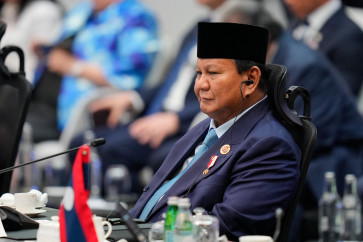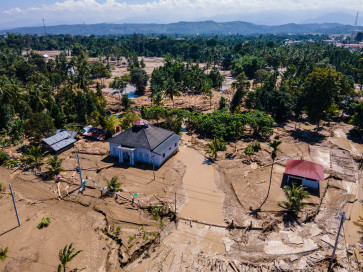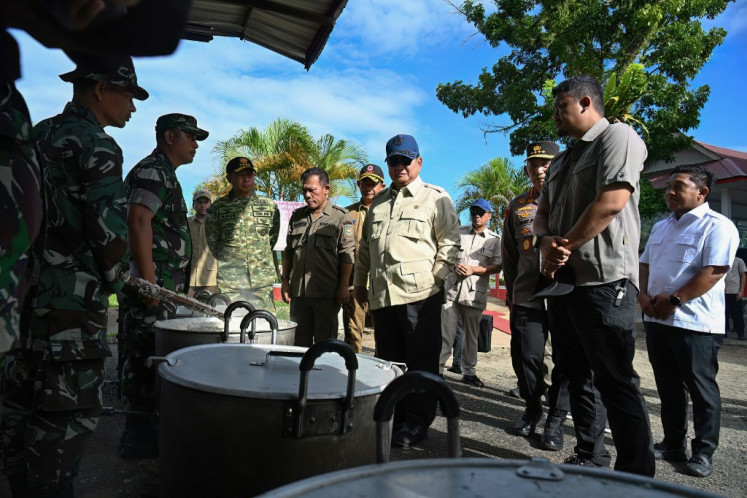Popular Reads
Top Results
Can't find what you're looking for?
View all search resultsPopular Reads
Top Results
Can't find what you're looking for?
View all search resultsPLN produces 88.2 TWh of electricity in first half, up 6.3%
State electricity firm PT PLN says it generated 88
Change text size
Gift Premium Articles
to Anyone
S
tate electricity firm PT PLN says it generated 88.2 terawatt-hours (TWh) of electricity in the first half of 2011, up 6.3 percent from the same period last year.
The firm’s primary energy director, Nur Pamudji, said in a press statement sent on Friday that PLN consumed 19 million tons of coal in the first half of 2011, up 12 percent from the same period last year, and that its power plants and independent power producers burned 163 tera-British thermal units (TBTU) of natural gas, down 7 percent from 176 TBTU last year.
Production from hydroelectric power plants slumped to 6.5 TWh from 8.6 TWh last year due to lower rainfall intensity, Nur added.
“Water inflow to rivers across the country was higher last year as 2010 was wetter than this year,” he said in the statement.
Nur said PLN’s oil-based fuel consumption increased to 5.64 million kiloliters, up from 4.76 million kiloliters last year.
“Production at power plants using oil-based power plants increased from 17.1 TWh to 20.8 TWh, compensating for the decrease of electricity production at hydro and gas power plants,” he said.
According to PLN, its geothermal power plants produced 4.7 TWh in the first semester of 2011, unchanged from the same period last year.
Coal continued to dominate PLN’s energy mix, representing 43 percent of the company’s total energy consumption, followed by oil-based fuel at 24 percent, gas (21 percent), hydroelectric (7 percent) and geothermal (5 percent).
Last year, coal accounted for 40 percent of PLN’s energy consumption, followed by gas (23 percent), oil-based fuels (20 percent), hydro (10 percent) and geothermal (6 percent).
PLN planning and technology director Nasri Sebayang previously said that PLN was committed to reducing oil-based fuel’s share of its energy mix to 19 percent this year, to 3 percent by 2013 and to 1.73 percent by 2014.
The company said it would accelerate efforts to replace oil-fired power plants with gas-fired or coal-fired plants to reduce costs. However, PLN currently has difficulties in securing an adequate gas supply for its power plants.
Pamudji said the contribution of coal power plants in the first half was not maximized as several new power plants, including plants in Indramayu, Rembang, Lontar, Suralaya and Tanjungjati, had begun operating late in the first half.










